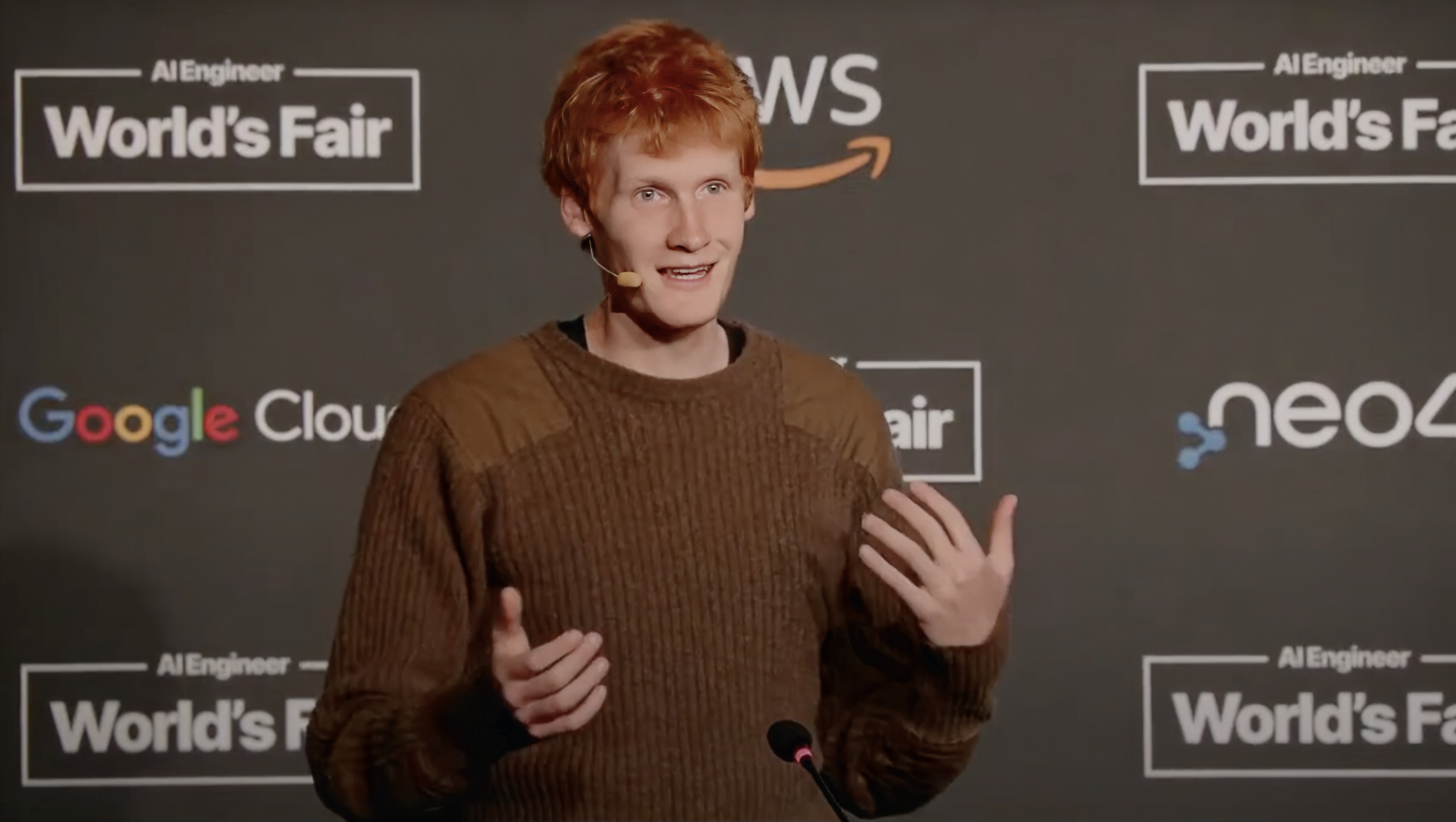From Wandering the Desert to Changing How Developers Code: Michael Truell’s Journey with Cursor

In an interview for First Block, Notion’s founder-focused series, Michael Truell — co-founder and CEO of AnySphere — retraced Cursor’s unlikely path to becoming one of the fastest-growing AI developer tools in the world.
Before Cursor, Truell and his three MIT co-founders spent “a year wandering the desert,” as he puts it, experimenting with AI applications in industries far from their own expertise. Their early focus? Mechanical engineering — specifically, building 3D autocomplete models for CAD systems.
“We are not mechies,” Truell laughs. The founder–market fit wasn’t there, and data scarcity in the CAD space soon became a brick wall.
That decision to pivot back to their shared passion — programming — would ignite a product that is now redefining how professional developers build software.
The Spark: GitHub Copilot and Scaling AI Research
The turning point came in 2021. Two moments stood out for Truell’s team:
- Using the beta of GitHub Copilot — the first truly useful AI tool they had ever experienced, and arguably the most useful dev tool in a decade.
- Tracking AI research scaling laws — from OpenAI and others, showing predictable returns as you increase model size and training data.
These insights crystallized their mission:
Pick an area of knowledge work, reinvent how it’s done with AI, and own the place where that work happens. For software, that meant building an AI-native code editor from the ground up.
Forking VS Code, and Why It Wasn’t Radical
From day one, Truell’s team knew they needed to control the developer’s primary interface — the editor. Building an extension wasn’t enough.
At first, they built their own minimal VS Code clone from scratch. It had an integrated terminal, LSP support, SSH, and even its own Copilot integration. But reinventing the editor wheel was too slow.
The pragmatic move? Fork VS Code, just as browsers fork Chromium, and focus on innovating where AI could make the biggest impact.
Why “Vibe Coding” Isn’t the Goal
Cursor doesn’t see itself as a “vibe coding” platform — where AI writes most of the code and developers are just along for the ride. For professional devs working in large codebases, understanding the code still matters.
Truell envisions a future where developers work at a higher level of abstraction, specifying desired logic and letting AI fill in the gaps. But this evolution won’t replace formal programming languages entirely — rather, it will elevate them.
“We think it looks less like English and more like higher-level programming languages with better abstractions.”
The Slow Build Before the Fast Rise
Cursor’s growth story looks explosive from the outside — but there was nearly two years of quiet iteration before the inflection point:
- Year 1: Mechanical engineering experiments and the “precursor” to Cursor.
- Year 2: Launching Cursor, then spending a full year dialing in product quality.
Key to their success was pairing best-in-class foundation models with custom models fine-tuned for their editor. This combination made Cursor faster, smarter, and better than general-purpose AI coding tools.
Hiring Slowly — Maybe Too Slowly
In hindsight, Truell admits they were overly cautious in scaling the team.
“We had this overriding fear of focusing on anything other than making the product better.”
They obsessed over the first 10 hires, bringing on senior engineers from GitHub alongside young dropouts with exceptional talent. That careful mix helped Cursor balance polish for millions of daily users with agility to experiment rapidly.
Focus in a World of Noise
Operating in AI right now means constant distractions: breakthroughs, competitive launches, shifting tech foundations. Cursor’s secret? Hire macro-optimists but micro-pessimists — people who believe in the long-term vision but are never satisfied with today’s execution.
This philosophy, combined with a disciplined filter for what truly matters, keeps the team from chasing hype.
Truell’s Advice for Founders in the AI Age
- Be skeptical of one-size-fits-all advice. Every startup story has counterexamples.
- Don’t be afraid to start with a “solution in search of a problem.” In AI, broad visions can work if you have the conviction to keep going.
- Choose your co-founders wisely. Truell credits much of Cursor’s success to having three equally strong, complementary partners — a rarity in Silicon Valley orthodoxy.
“We want to eventually automate programming and replace it with something much better.”
The big takeaway: Cursor’s rise wasn’t about chasing trends — it was about patiently aligning passion, product quality, and people in an AI wave that’s still just beginning.





